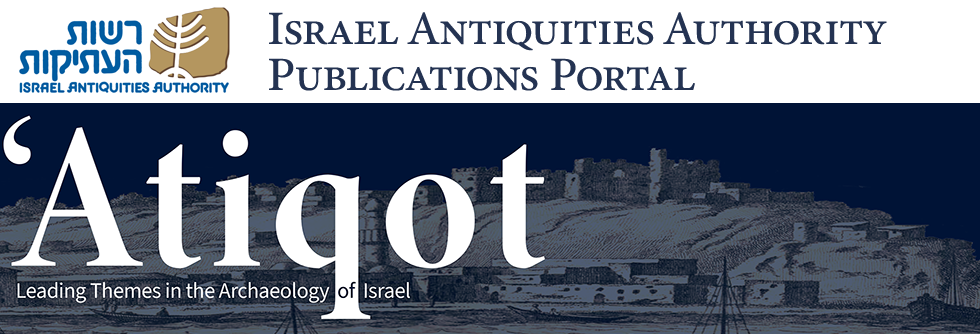Abstract
Remains of three parallel aqueducts (A–C) were found over a distance of about 6 km along Naḥal Bet Ha-‘Emeq. Aqueduct A is partly a tunnel with vertical shafts and partly a channel; Aqueduct B is a wide channel; and Aqueduct C is a narrow channel. Sections of the tunnels were completely filled with soil, while others were empty. The ceramic evidence suggests that Aqueducts A and C were hewn in the Hellenistic period, while Aqueduct B could be slightly later. After the aqueducts were abandoned, the region was terraced for agricultural use. In addition to the three aqueducts, a shaft tomb from the Intermediate Bronze Age and two winepresses were uncovered during the excavation.
Keywords
Galilee, water systems, agriculture, technology, daggers, industry, burial
Recommended Citation
Frankel, Rafael
(2012)
"The Aqueducts of Naḥal Bet Ha-‘Emeq (pp. 1*–19*),"
'Atiqot: Vol. 70, Article 4.
DOI: https://doi.org/10.70967/2948-040X.1527
Available at:
https://publications.iaa.org.il/atiqot/vol70/iss1/4
Included in
Agriculture Commons, Biblical Studies Commons, History of Art, Architecture, and Archaeology Commons

